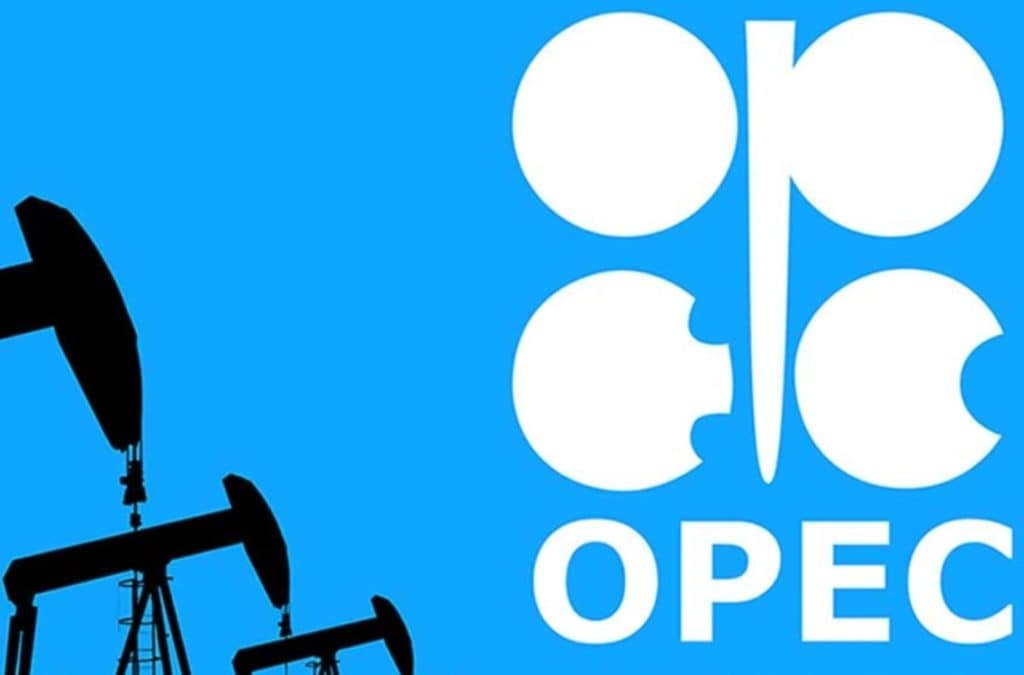
Oil appears to be on a steady climb and the fundamentals make sense.
U.S. crude briefly touched the $80-per-barrel level Thursday, the highest since November.
A signal from the Federal Reserve that faster rate hikes may be in the cards to cool inflation fueled the new high even as cases of the omicron variant are sweeping the world.
The Fed minutes freaked out the stock market. But does a more aggressive Fed signal a red-hot economy and, by default, strong oil demand? The answer is yes. Global oil demand is exceeding expectations even with cases of the omicron variant sweeping the world.
A more aggressive Fed means demand for oil will stay strong and more than likely will exceed supply.
As for OPEC, the cartel agreed to boost production by 400,000 barrels a day earlier this week, but the move fell flat. Prices rose instead of pulling back. Why? More than likely, the increase will barely keep up with growing demand. Even OPEC raised its forecast for oil demand, so it makes its promised increase in oil production look minuscule.
In its monthly report before the meeting, OPEC raised its forecast for world oil demand to average 99.13 million barrels per day (BPD) in the first quarter of 2022 That was an increase of 1.11 million BPD from its last forecast and less than the 400,000-barrel-a-day increase of production that it promised.
“Some of the recovery previously expected in the fourth quarter of 2021 has been shifted to the first quarter of 2022, followed by a more steady recovery throughout the second half of 2022” OPEC said.
While the cartel promises more production, it has failed to deliver.
In the latest data, the International Energy Agency said that OPEC Plus was under its production quota by 650,000 barrels a day. So to get back to quota and make up for underproduction, we would have to see OPEC Plus raise output by over 1 million barrels a day to get to quota. That is unlikely especially given issues surrounding OPEC member Libya.
A Libyan militia group shut down its biggest oil field ahead of an election, prompting output to drop by 350,000 barrels a day. Reports show that other major Libyan pipelines had issues that brought the total loss of oil production in Libya to whopping 700,000 barrels a day. No one is quite sure as to when that production will come back online. But every day that it’s down it’s more oil off the market than we can afford to lose and the lowest Libyan oil production in a year.
All of the above makes one wonder if there is enough spare capacity in the system to meet demand in the first and second quarters, especially as U.S. production has failed to bounce back in an unfriendly Biden Administration environment.
























